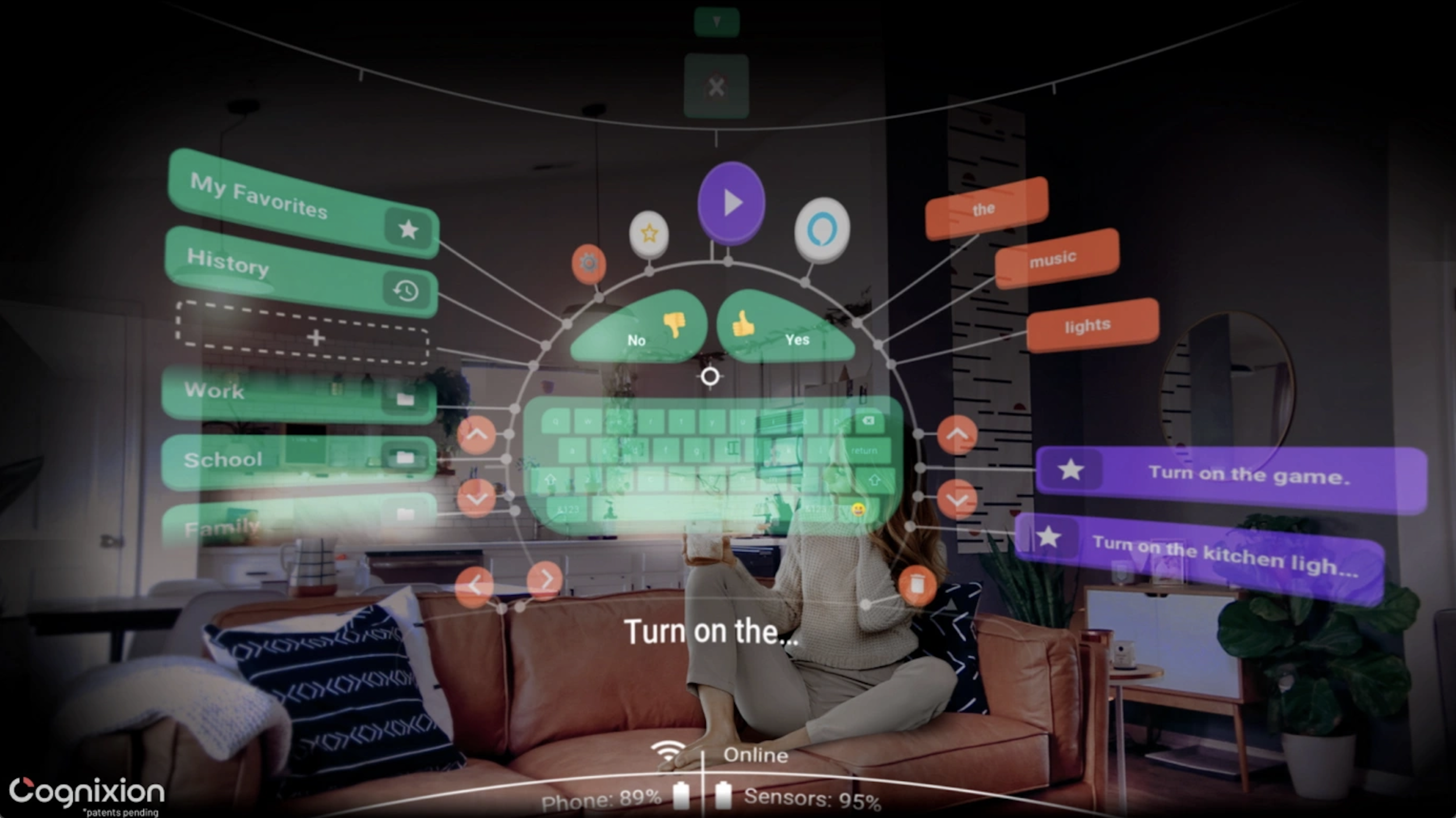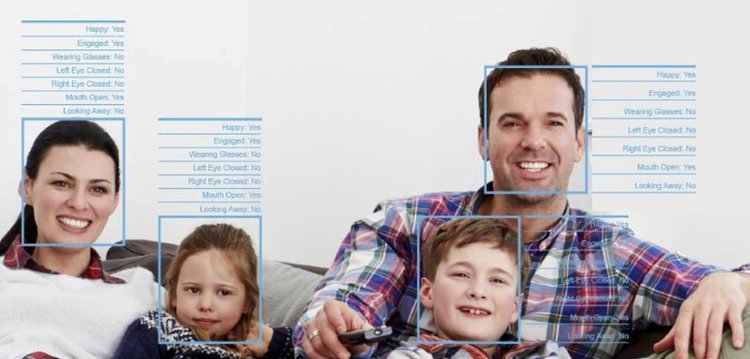Visual Tech is Critical to the Future of Life Sciences
/Amy Kruse is a General Partner of Prime Movers Lab where she leads life sciences investments. As a neuroscientist and biologist, she discovers emerging new companies and leads in-depth due diligence into potential investments across areas including neuroscience, human augmentation, synthetic biology, longevity/regeneration and agriculture. She also supports portfolio companies in evaluating and overcoming scientific and implementation challenges, with a specific emphasis on deploying complex technology into real-world environments. She serves on the boards of the following portfolio companies: Paradromics, Gilgamesh Pharmaceuticals, Cognixion, Iridia, IVIVA Medical, and Attune Neurosciences.
Amy is formerly the Chief Scientific Officer at Optios, an applied neuroscience company. She built the company’s scientific vision and completed acquisitions that resulted in a robust intellectual property portfolio. Amy also served as the VP and CTO at Cubic Global Defense overseeing innovation and the R&D portfolio across the entire defense enterprise. Early in her career, she served as a government civilian program manager at DARPA where she created and oversaw the Agency’s first performance-oriented neuroscience programs, with a combined budget of over $300M. Amy is Founding Member of the Loomis Innovation Council and a Guest Lecturer for Singularity University. She earned a BS in Cell and Structural Biology and a Ph.D. in Neuroscience from University of Illinois Champaign-Urbana, where she was awarded an NSF Graduate Fellowship.
At our 8th Annual LDV Vision Summit, Amy will join a panel of top early-stage VCs – Wendy Xiao Schadeck, Partner at Northzone, and Adrian Fenty, Managing General Partner at MAC Venture Capital – to discuss the visual tech trends revolutionizing business and society.
In the lead-up to the Summit, we had the opportunity to ask Amy a few questions about this topic.
Evan: Previously you were a government civilian program manager at DARPA and the Chief Scientific Officer at Optios, an applied neuroscience company. What made you transition from those roles to venture capital and investing?
Amy: Venture capital and investing are so compelling from the perspective of the impact that one can have on an overall area or landscape. I had a taste of that when I was a Program Manager at DARPA, but because of the nature of that organization, you can’t take things into full commercialization. After my own experience as a co-founder at a startup - I saw the role that venture investing can play and I really wanted to work at that level. It’s different than being heads down on your own startup but it’s so satisfying to work with founders and share what I have learned. I enjoy working one level up - so I can understand the trends and what’s emerging and make the right bets. Also, I’m a very intellectually curious person, so having access to so many different domains makes my brain happy.
Evan: At Prime Movers Lab, you are leading life sciences investments and exploring a range of fascinating sectors across neuroscience, human augmentation, synthetic biology, longevity/regeneration and agriculture. What do you see as the major intersection between life sciences and visual tech and what visual tech opportunities are you most excited about right now?
Amy: Visual tech is so critical to where the life sciences are headed. We are entering a space of such incredible richness in terms of the sensors and inputs that are available to us.
Imaging alone is going to radically transform health and healthcare and then when you combine that with elements of the “omics” - we are going to have personalized medicine in a way we have never seen before.
I am also incredibly excited about the potential of AR/VR in the life sciences. Digital therapies are just one element of this - we’re already seeing mental health therapeutics and behavioral health interventions delivered by VR. The potential for these therapies to reach millions more lives is motivating to me.
Evan: Over the next 5-10 years how do you see innovation within the neuroscience landscape evolving, specifically related to visual tech? Where do you see opportunities that are more show than substance?
Amy: I think neuroscience and neurotechnology are going to be deeply embedded with visual tech. Already startups are working to combine EEG (electroencephalography), eye tracking and other sensors with VR and AR. One of the companies that Prime Movers Lab funded last year, Cognixion, is using head gaze and EEG combined with an AR interface to give breakthrough communication capabilities to individuals with communication challenges. This is just the beginning!
Image Credits: Cognixion
The opportunity to create novel communication systems is just one element - but in and of itself so profound. I also think neurotechnology and visual tech will combine in all of the enterprise training applications that are being implemented. Neuroscience can add information about cognitive state, stress and workload to visual tech-enabled training environments - and potentially accelerate learning. And then there are neuroscience + the mental health applications I mentioned… We are just getting started!
Amy with her portfolio company, Paradromics – another visual tech company that builds a new generation brain-computer interface.
Evan: How did your previous experience generating scientific breakthroughs in areas including augmented cognition, accelerated learning, cognitive enhancement, team neurodynamics, and brain stimulation prepare you for supporting portfolio companies in evaluating and overcoming scientific and implementation challenges? What strategies have you developed to work alongside these companies?
Amy: I absolutely love supporting our portfolio companies. The fact that my previous lessons (good and bad!) can add value to our portfolio companies is one of the things I enjoy most about being in VC. It helps to have “been there” on some of these topics - whether it's help finding or vetting a manufacturer, stress-testing an experimentation plan, or interviewing CTO candidates. It’s been fun for me to open my whole network to our portfolio companies and make direct connections for them to individuals in academia or the government. I still have an instinct for rough budgets and timelines that comes in handy - although my teams are too optimistic to hear me the first time I might say that their schedules are too aggressive! My strategy is to be 100% present with my CEOs and founders. Whether it's as a coach, confidant, or cheerleader - they know I’ve got their back and the success of the company as my goal. Working with these teams is a privilege and I try to bring all of my skills, intellectual and emotional to my work with them.
Evan: What are you most looking forward to at our 8th annual LDV Vision Summit?
Amy: It’s so hard to pick just one thing! What an incredible schedule of speakers. I would say it’s the variety of topics. I’m curious to hear more about the areas that I’m already familiar with - but also really ready to have my mind expanded on some new topics as well.
Visual tech is so powerful because it spans almost everything we touch – it resonates with our own breakthrough science focus so well! Now that I’ve said that - I think I’m most excited about the intersections that might occur during the summit - those are really my favorite outcome of these events.






















